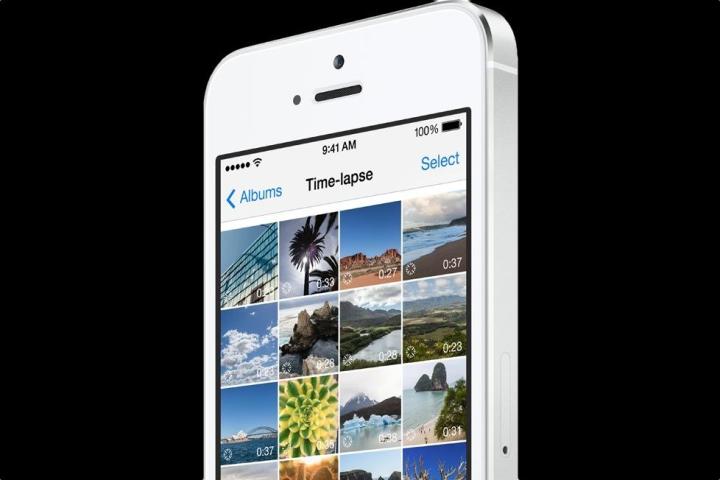
At the 2014 Worldwide Developers Conference keynote, Apple showed off the latest version of its mobile operating system, iOS 8. Included in iOS 8 is a brand new Photos app, which contains many improvements for both amateur and advanced photographers. With time-lapse videos becoming more and more of a trend, Apple built a function for creating such videos into iOS 8, making dedicated time-lapse apps (more or less) redundant.
Now, the big question is, how good is Apple’s own time-lapse function, and can it truly replace dedicated apps? While we don’t have a definitive answer yet, at least we have a first demonstration of the new functionality, courtesy of YouTube user iTwe4kz, who recently recorded a time-lapse video on his iPhone 5S running iOS 8. And for a first demonstration, the material looks pretty solid.
Basically, a time-lapse video consists of single photographs that are taken at custom intervals and then played in sequence at the speed of a regular video file, which is anywhere between 24 and 30 frames (i.e., individual images) per second. In the video below, you can observe that the action isn’t played at the same speed all the time, which means that the intervals between the individual images varied during the shooting process. Also, some of the scenes are played in reverse.
What this means is that, yes, iOS 8’s time-lapse function works, and it can do more than just snap images at a fixed interval and then stick them all together. Which is a good thing, because if Apple wants to compete in the world of time-lapse video, the new Photos app will have to have substantial functionality that brings it up to par with dedicated apps. Whether it can offer that remains to be seen – we’ll eventually know when more footage becomes available.
(Via TechRadar)
Editors' Recommendations
- How to remove location data from your iPhone photos
- How to hide photos on an iPhone with iOS 17
- iPhone in space: SpaceX crew shares Earth image shot on Apple’s handset
- Joby’s new iPhone camera accessories have MagSafe built in
- Apple shows how to shoot ‘otherworldly’ night mode shots on the iPhone


